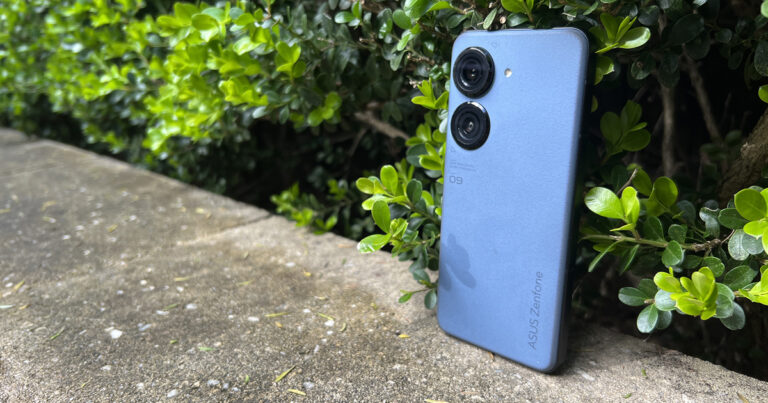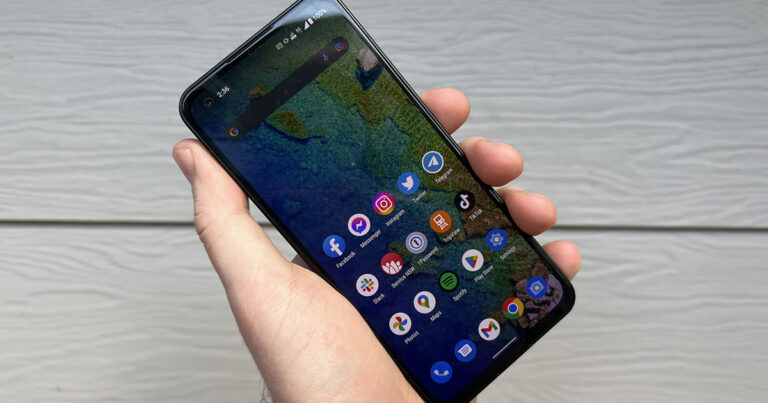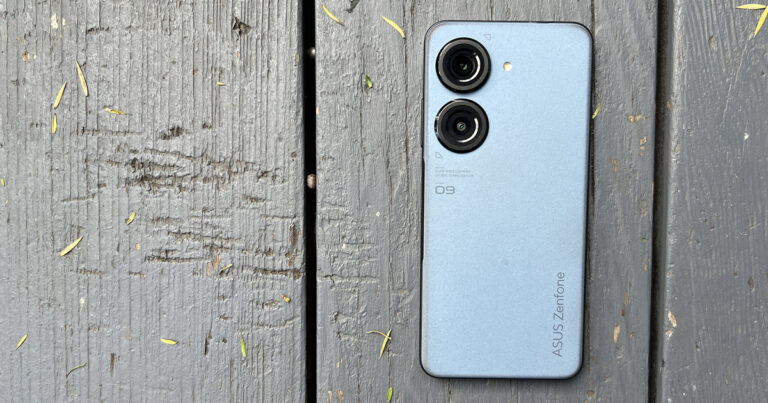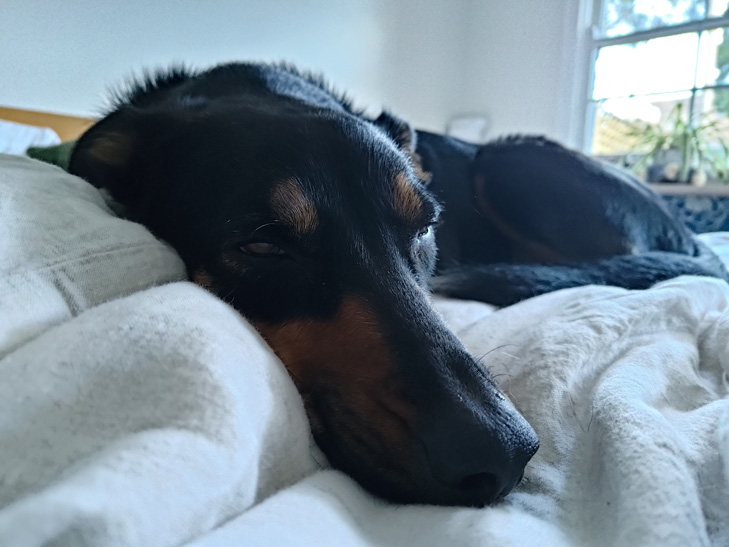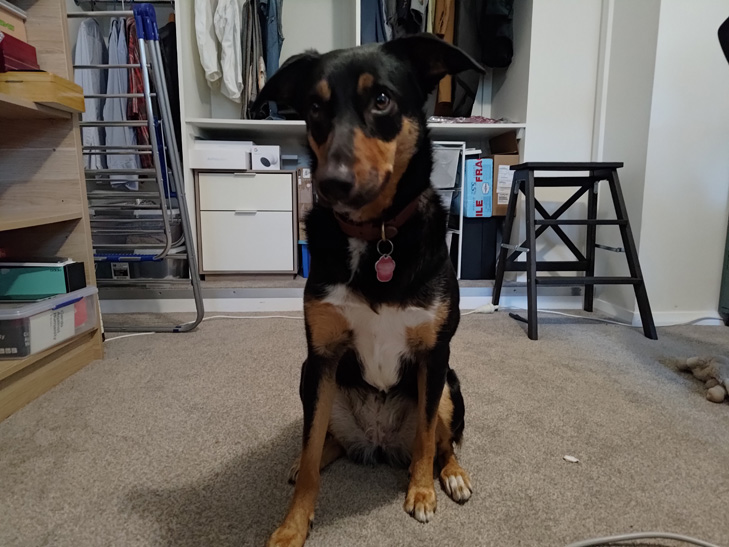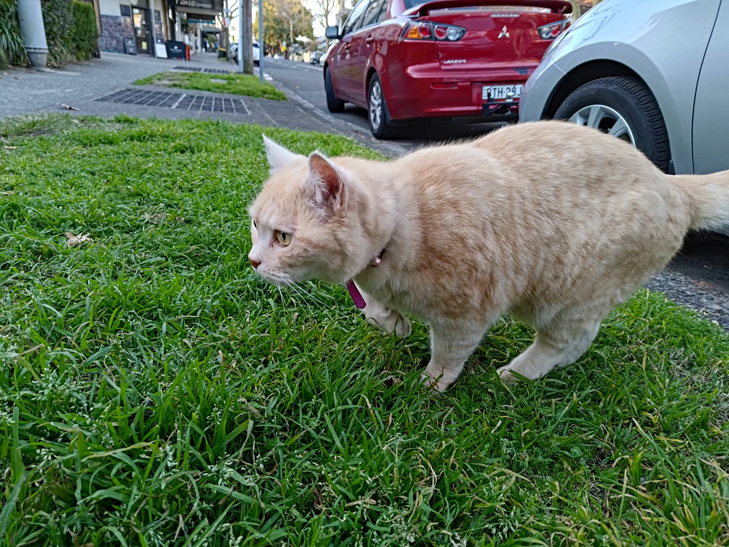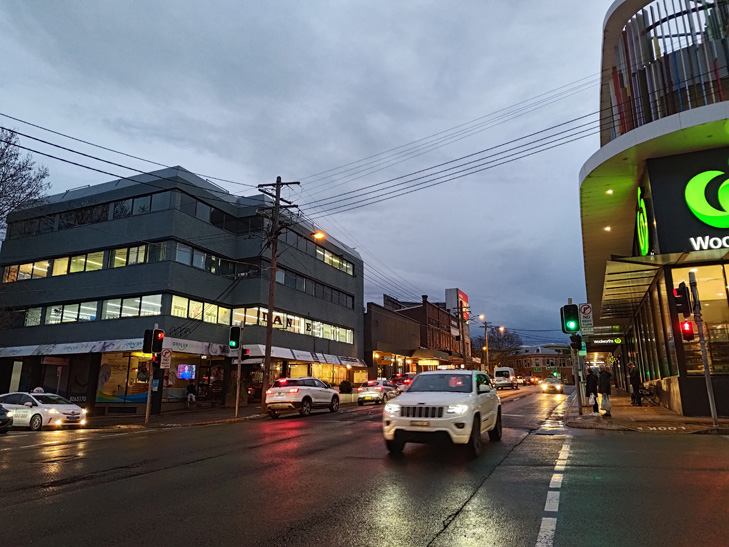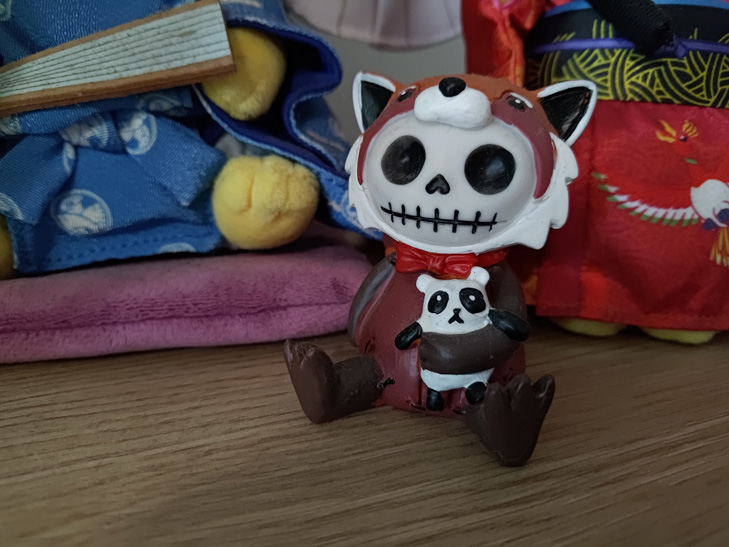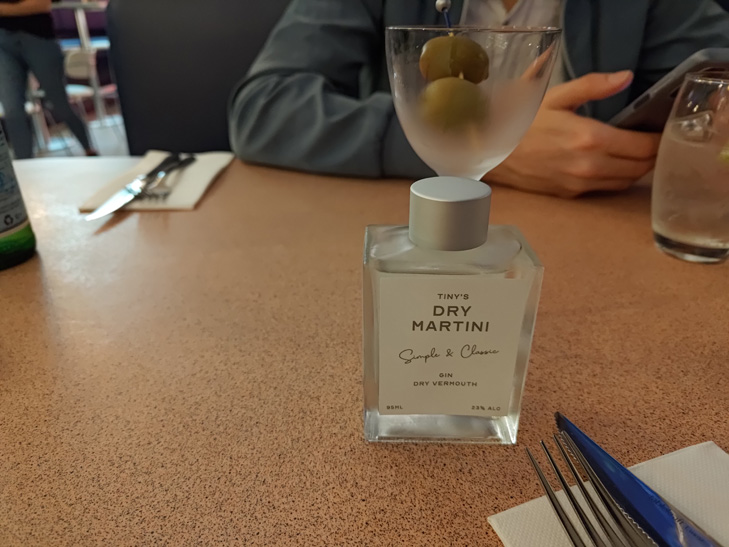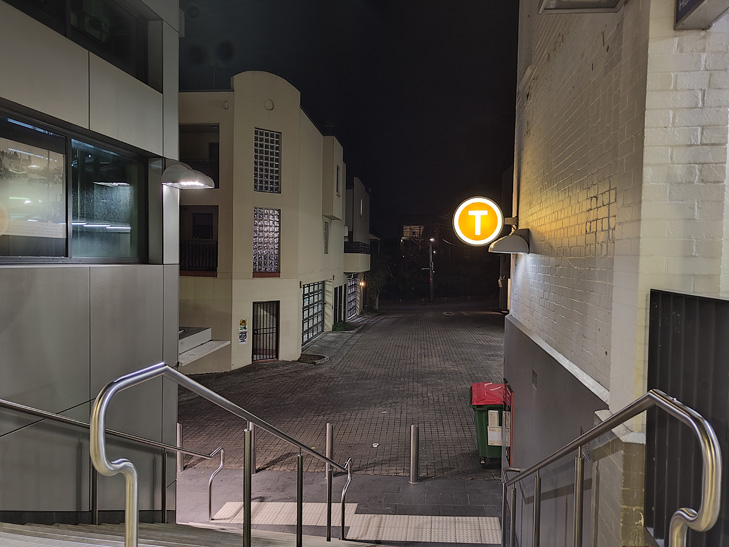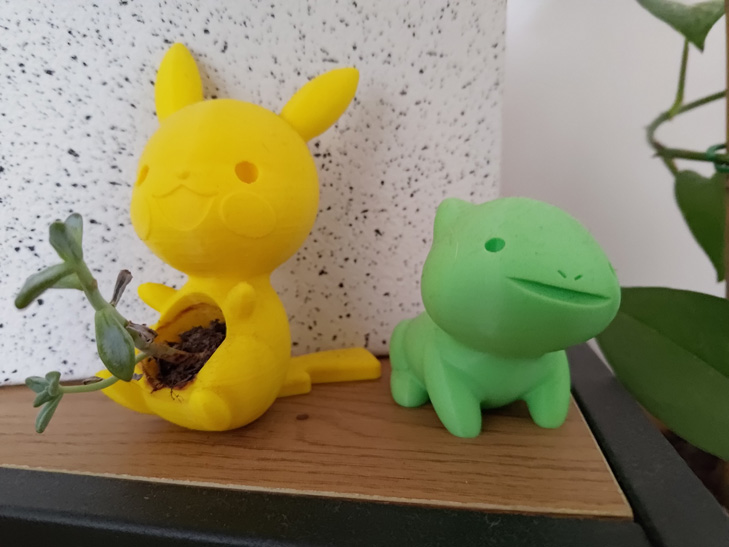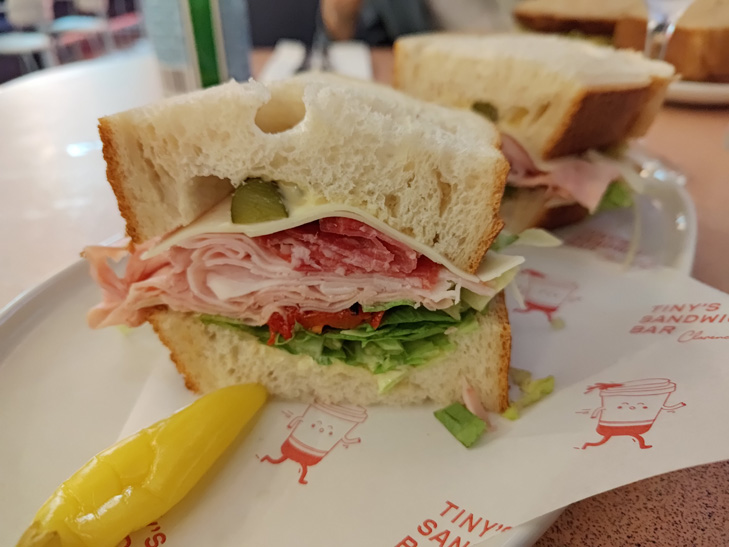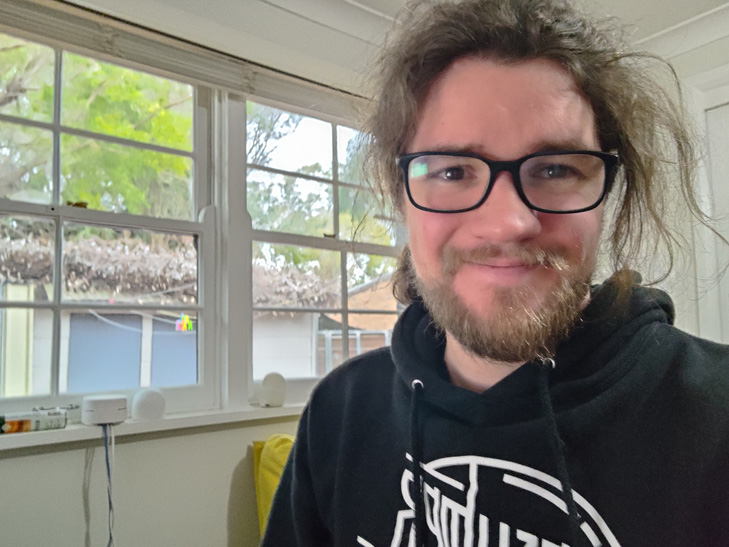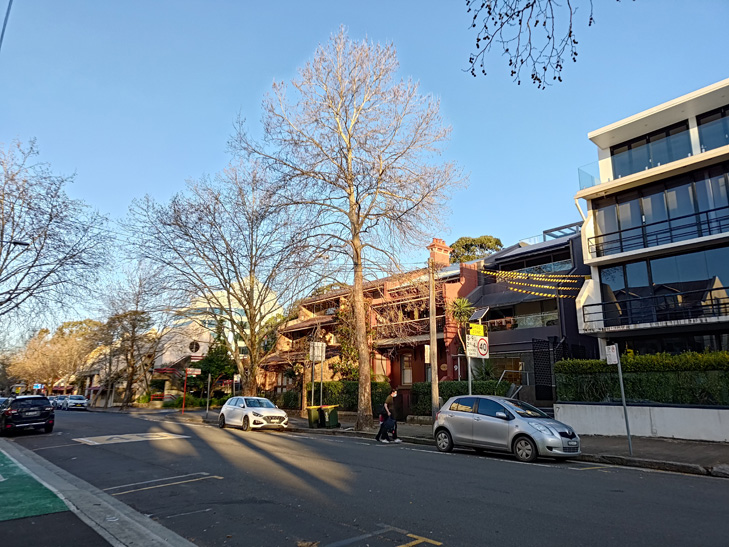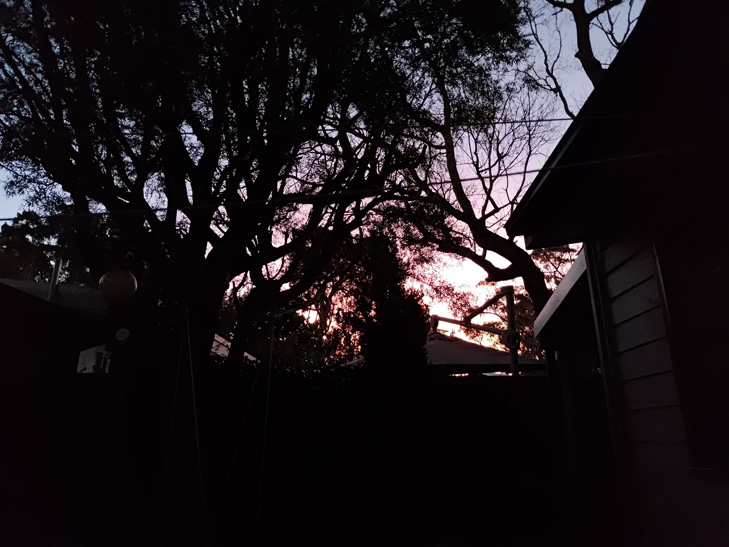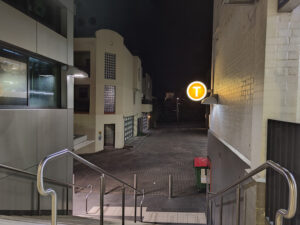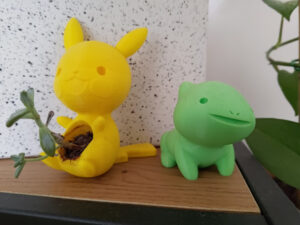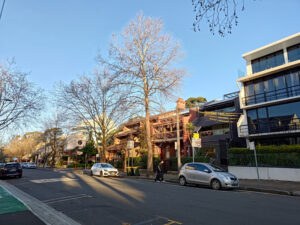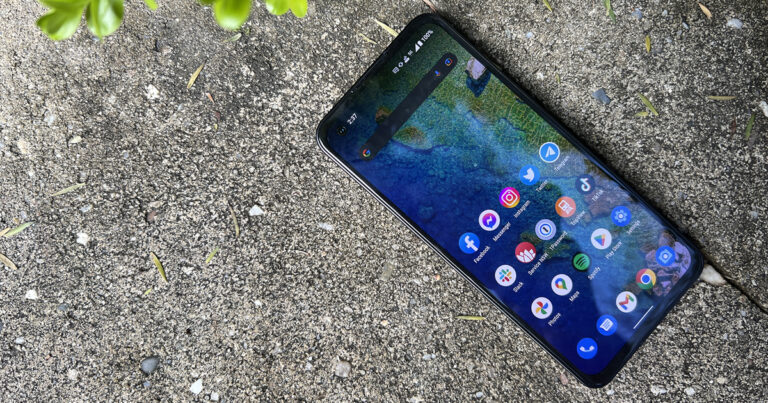Optus Mobile Review ALDI Mobile Review Amaysim Mobile Review Belong Mobile Review Circles.Life Review Vodafone Mobile Review Woolworths Mobile Review Felix Mobile Review Best iPhone Plans Best Family Mobile Plans Best Budget Smartphones Best Prepaid Plans Best SIM-Only Plans Best Plans For Kids And Teens Best Cheap Mobile Plans Telstra vs Optus Mobile Optus NBN Review Belong NBN Review Vodafone NBN Review Superloop NBN Review Aussie BB NBN Review iiNet NBN Review MyRepublic NBN Review TPG NBN Review Best NBN Satellite Plans Best NBN Alternatives Best NBN Providers Best Home Wireless Plans What is a Good NBN Speed? Test NBN Speed How to speed up your internet Optus vs Telstra Broadband ExpressVPN Review CyberGhost VPN Review NordVPN Review PureVPN Review Norton Secure VPN Review IPVanish VPN Review Windscribe VPN Review Hotspot Shield VPN Review Best cheap VPN services Best VPN for streaming Best VPNs for gaming What is a VPN? VPNs for ad-blocking Measuring in with a 5.9-inch display, the Zenfone 9 is the smallest Android phone you can get in Australia. Your next closest option is the Google Pixel 6a at 6.1-inch. Despite its petite stature, the Zenfone 9 is still very much a flagship phone. It has the fastest processor you’ll find in an Android handset, IP68 water resistance, and gimbal camera stabilisation. It also has one distinctively non-flagship feature: a good old-fashioned headphone jack. That’s not bad, but nothing to write home about. However, after a few days, I was able to consistently get six hours of screen time per charge. The adaptive battery technology clearly managed to work some magic. In real-world terms, six hours is easily a full day, even with heavy use. Most should still end the day with a very comfortable buffer. In addition to an endearing size, I also love the Zenfone 9’s back finish. It’s made from plastic, but feels somewhere between suede and a chalkboard. This gives the back a nice grippiness, and it will almost certainly be harder to shatter than glass. The trade-off is the material has picked up a few scuff marks on the edges, almost like a leather patina. I tried cleaning it off with water, but that didn’t seem to help. On one hand, it can shoot pretty really smooth video thanks to the integrated gimbal. It’s notably steadier than the Pixel 6a, for example, and rivals the iPhone family, which are considered the best in class for stabilised footage. The Zenfone 9 can even shoot alright videos in low light. Conversely, photos aren’t great. You can get okay photos outdoors, as with most phones, but low light performance is disappointing. The Zenfone 9 shoots too slowly to handle moving subjects indoors - even during daylight hours. I took it to a metal show and didn’t get a single photo I was happy with. The much cheaper Pixel 6a performed better across the board. The Zenfone 9’s selfie camera is poor, with photos consistently turning out too soft. If you’re interested in small flagship phones, it becomes a question of how much you like taking photos. If phone photography isn’t a big deal, the Zenfone 9 is the smallest Android phone you can buy, and doesn’t have any other red flags. Alternatively, you can still pick up last year’s iPhone 13 mini, which now sells for $1,049. The battery isn’t as resilient as the Zenfone 9, but the camera experience is much better. It’s just a choice of whether you want a great battery or great camera. It’s a shame that neither small phone has both. It’s also a shame that they seem to be a dying breed.
